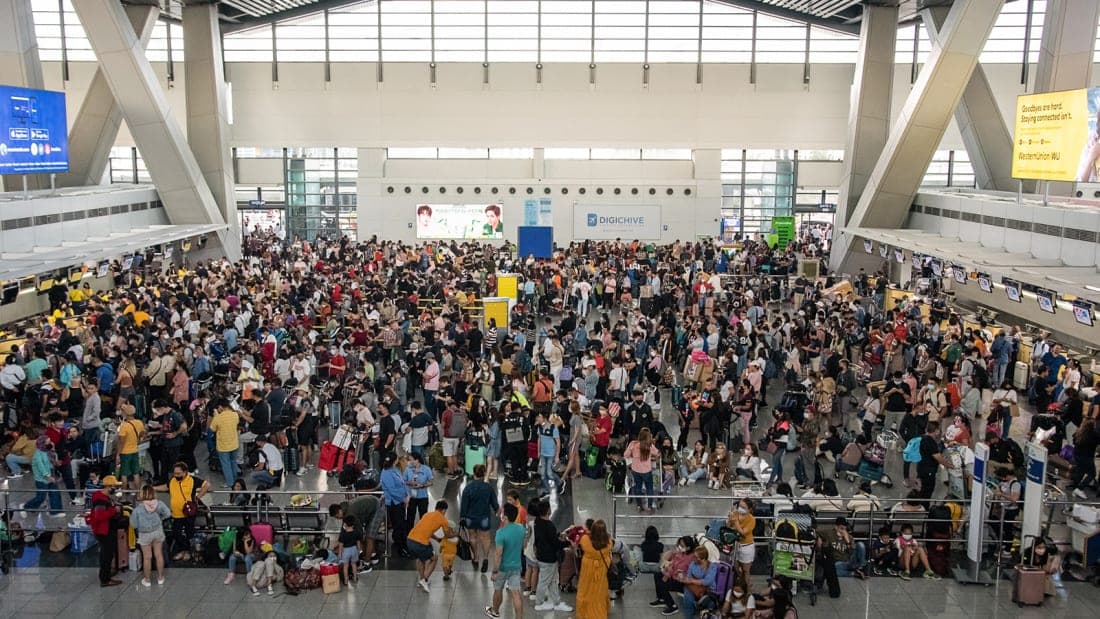System Down
2023-01-01Renz Marione Bulseco (Davao Approach)
Imagine driving on an expressway to a different county. During the middle of your trip, a huge portion of the expressway was closed, and the traffic enforcers advised every motorist plying that route to take alternative highways or roads. Like cars, airplanes fly a specific airway or routes–the expressway in the air. When disruptions happen, it causes a ripple effect of delays and cancellations of flights.
On that fateful day of January 1st, at 0150 UTC (9:50 AM local time), the Philippine Air Traffic Management Center (ATMC) lost all of its radar and radio communication, hotlines to all remote Towers and adjacent FIRs (Flight Information Region), and the local landline. The ATMC is a centralized air traffic control system that houses the sole area control center of the country (Manila ACC), together with six radar approach control units, Manila, Clark, Mactan, Davao, Kalibo, and Bacolod. All flights were flying blind as air traffic controllers couldn’t establish communications with them. This is the worst nightmare of every air traffic controller. Through the quick decision-making skills of the on-duty air traffic controllers at that time, there were no reported incidents despite these circumstances. Some of the approach and en-route controllers rushed to Manila Tower, gave instructions to all aircraft within Manila TMA, and guided them until landing. Others coordinated through their mobile phones and advised the local Towers about the situation. Other aircraft outside Manila TMA were diverted to the nearest airport in the Philippines, namely Davao, Bacolod, and Kalibo. These airports have backup nonradar approach control units in case of a communication outage at ATMC. Other flights were diverted to Taiwan, Hong Kong, Malaysia, and Japan. Eight hours after the total outage of radar and radio communications, the power unit was restored, the system was rebooted, and flights resumed normal operations.
With the help of the IFATCA Asia Pacific Region network, some controllers were able to communicate with their colleagues in Taiwan and Japan as the landlines weren’t working. This helped them in coordinating diversions and rerouting of flights. True enough, this highlights the importance of teamwork and camaraderie, as this is part of the air traffic controller’s job. Air traffic controllers usually identify themselves as en-route, approach, or tower controllers. Regardless of our assignment, we are Air Traffic Controllers. One goal, one sky.